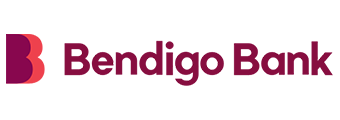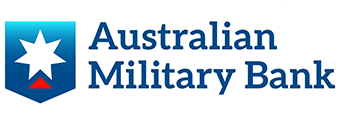Fact Checked
| Lender | Car Loan | Interest Rate | Comparison Rate* | Monthly Repayment | Interest Type | Secured Type | Early Exit Fee | Ongoing Fee | Upfront Fee | Total Repayment | Early Repayment | Instant Approval | Online Application | Tags | Row Tags | Features | Link | Compare | Promoted Product | Disclosure |
|---|---|---|---|---|---|---|---|---|---|---|---|---|---|---|---|---|---|---|---|---|
5.49% p.a. | 5.84% p.a. | $382 | Fixed | Secured | $20 | $5 | $150 | $22,916 | ||||||||||||
5.79% p.a. | 6.01% p.a. | $385 | Fixed | Secured | $0 | $0 | $150 | $23,082 | ||||||||||||
6.99% p.a. | 7.31% p.a. | $396 | Fixed | Secured | – | $0 | $225 | $23,756 | ||||||||||||
5.89% p.a. | 6.94% p.a. | $386 | Fixed | Secured | – | $10 | $249 | $23,138 | ||||||||||||
5.99% p.a. | 5.99% p.a. | $387 | Fixed | Secured | – | $0 | $0 | $23,194 | ||||||||||||
5.94% p.a. | 7.07% p.a. | $386 | Variable | Secured | – | $8 | $400 | $23,166 | ||||||||||||
6.15% p.a. | 6.42% p.a. | $388 | Fixed | Secured | $0 | $0 | $195 | $23,283 | ||||||||||||
6.29% p.a. | 6.56% p.a. | $389 | Fixed | Secured | $0 | $0 | $195 | $23,362 | ||||||||||||
6.44% p.a. | 6.65% p.a. | $391 | Variable | Secured | – | $0 | $149 | $23,446 | ||||||||||||
6.49% p.a. | 6.63% p.a. | $391 | Variable | Unsecured | $0 | $0 | $100 | $23,474 | ||||||||||||
6.89% p.a. | 7.20% p.a. | $395 | Variable | Secured | – | $0 | $220 | $23,699 | ||||||||||||
6.45% p.a. | 6.45% p.a. | $391 | Variable | Unsecured | $0 | $0 | $0 | $23,451 | ||||||||||||
7.15% p.a. | 8.06% p.a. | $397 | Variable | Unsecured | – | $10 | $150 | $23,846 | ||||||||||||
7.39% p.a. | 7.61% p.a. | $400 | Fixed | Secured | – | $0 | $150 | $23,983 | ||||||||||||
7.49% p.a. | 8.52% p.a. | $401 | Fixed | Secured | $20 | $5 | $150 | $24,040 |
Frequently Asked Questions
‘Green finance’ generally refers to loans that are used for financing environmentally friendly endeavours, such as purchasing a low-emissions car or making eco-friendly additions to a home. ‘Sustainable finance’ can be described as a broader movement which incorporates sustainability into all financial decision-making, such assessing a company’s ‘sustainability credentials’ - including how it is run, and how it funds its own operations - when making investments or doing business.
The main benefit of green loans is that they tend to come with lower interest rates than other types of personal loans. That, and they are tailored for the purchase of green additions to the home. Some banks also offer green finance as part of home loans, making for one easy repayment.
Green loans are personal loans tailored for making ‘green’ additions to your home, such as solar panels and solar batteries, which can be expensive. They can even be used to purchase electric or hybrid vehicles. Green loans tend to come with a lower interest rates than other types of personal loans.













